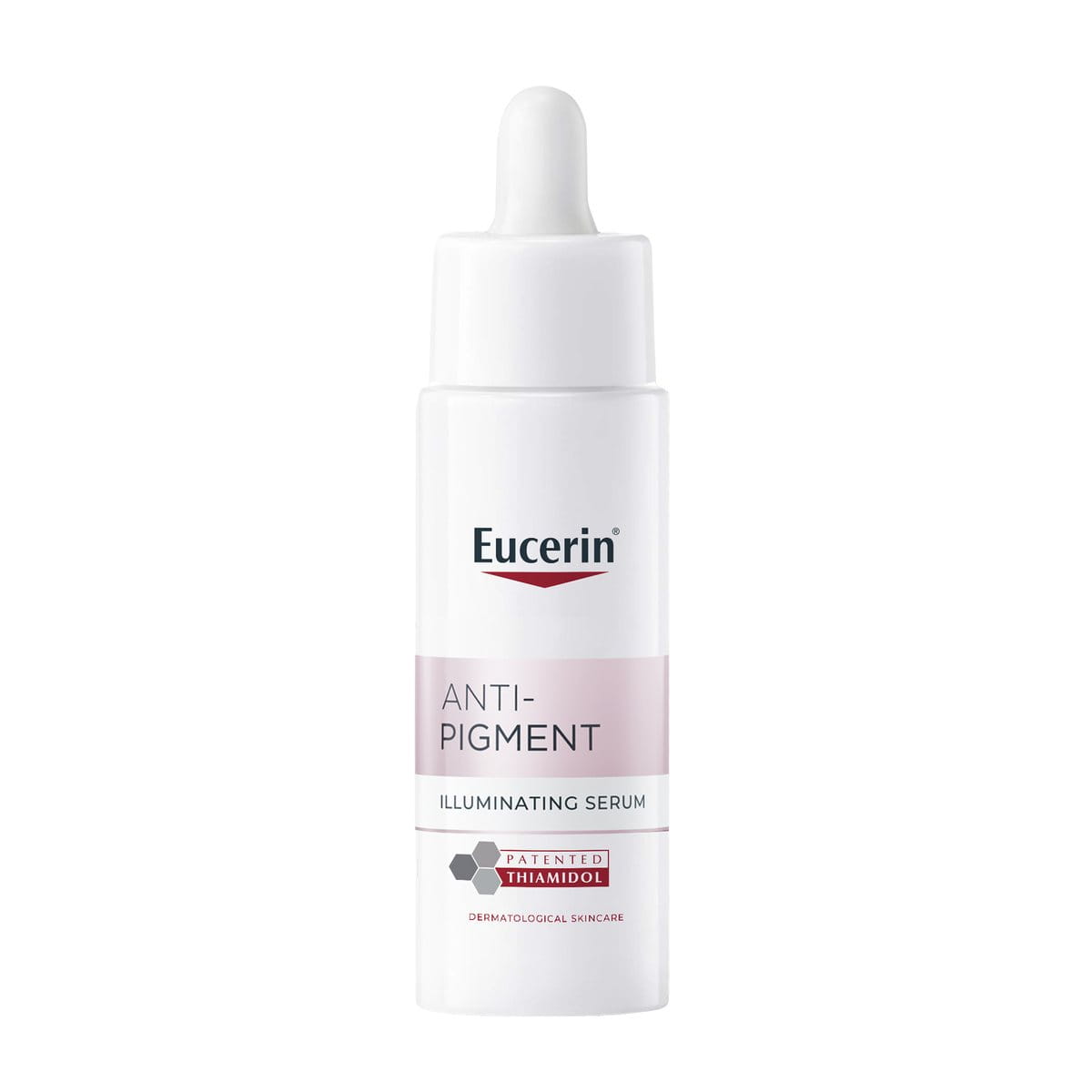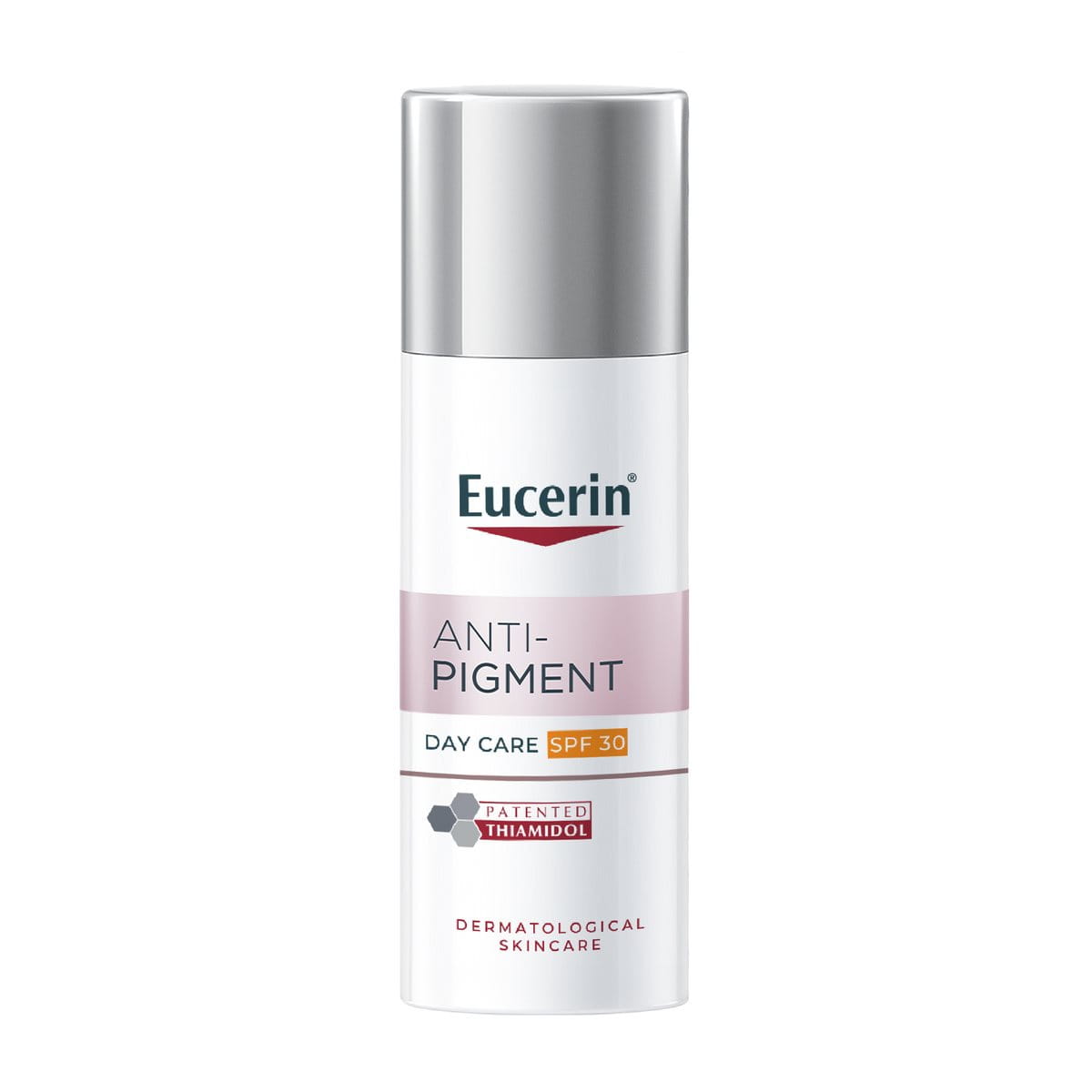Uneven skin tone can throw you off. It occurs due to a number of reasons, and it gets difficult to manage them all with a minimal skincare routine. However, balancing your active ingredients and using them in the right way can help you get the clear, glowing, and even skin tone that you have always wanted. Here’s all you need to know:
Keynotes:
- Uneven skin tone is caused by many factors, like sun exposure, hormonal changes, inflammation, and ageing.
- A few key skincare ingredients can help you get closer to an even skin tone, be it antioxidants (vitamin C, niacinamide), brightening agents (Thiamidol, alpha arbutin), and exfoliants (AHAs, BHAs).
- Professional treatments like chemical peels, laser therapy, and microneedling offer deeper and faster results but need to be practiced under clinical professionals.
- Additionally, consistent skincare, sun protection, and a healthy lifestyle are essential for maintaining an even skin tone.






